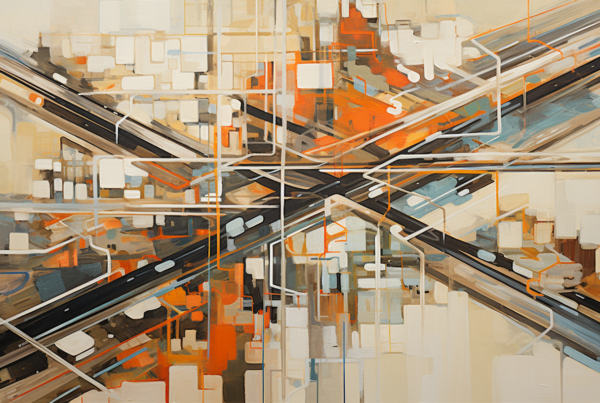Background Colors and How They Affect Your Headshot
More often than not, our online profiles are often our first impressions. Whether it’s on a company website, a social media account, or a professional networking platform, our headshot image plays a significant role in how others perceive us. One often-overlooked element of headshot images is the choice of background. Believe it or not, the psychology behind whether you opt for a lighter or darker background can significantly influence viewers’ reactions and assumptions. This post will delve into the psychology of using lighter vs. darker backgrounds for your headshot image and provide insights on what each might convey about you.
The Power of Perceptions
Before we discuss lighter versus darker backgrounds, it’s crucial to understand the psychology of perception. Our brains are wired to process visual information and make snap judgments. Within seconds of seeing a headshot, our brains have already made several assumptions about the individual. For instance, traits such as trustworthiness, competence, likability, and aggressiveness can be inferred from facial cues. The color and tone of the background can intensify or diminish these inferred traits, subtly guiding the viewer’s perception.
Lighter Backgrounds: The Perception of Positivity, Openness, and Trust
Lighter backgrounds, including whites, creams, and pastels, are associated with positivity and openness. These lighter shades can reflect more light and naturally attract the eye’s attention. Consequently, a headshot with a light background can give the impression that the individual is approachable, honest, and transparent.
Light backgrounds can also create a feeling of spaciousness and simplicity, offering a clean, minimalist aesthetic that doesn’t distract from the person featured. For this reason, lighter backgrounds are often chosen by professionals seeking to emphasize their openness and directness. If your professional persona or personal brand emphasizes authenticity, trustworthiness, and clarity, a lighter background might be an excellent choice for your headshot.
Darker Backgrounds: The Perception of Depth, Sophistication, and Expertise
Dark backgrounds, including blacks, deep blues, and dark grays, can create a sense of depth, sophistication, and mystery. Dark backgrounds can help highlight facial features, creating a sense of intensity and focus. Therefore, a headshot with a dark background can suggest a more serious, introspective, and experienced individual.
Moreover, darker backgrounds can create a sense of luxury and prestige, often associated with high-level expertise. For professionals who wish to convey a sense of authority, wisdom, or specialization, a darker background might be the preferred choice. This can be particularly true for individuals in leadership roles or fields where seriousness and expertise are highly valued.
Finding Balance: Contrast and Clarity
Regardless of whether you choose a lighter or darker background, ensuring a clear contrast between the background and your face is crucial. Your face should be the focus, and the background should support rather than detract from this. A poorly chosen background that blends with your face or attire can lead to a lack of focus and dilute the message you’re trying to convey.
Consider the Context
It’s important to consider the context in which your headshot will be used. Different platforms and purposes may require different approaches. A light, open headshot may be ideal for a casual, social platform, while a darker, more serious headshot may be better suited for a professional networking site or a corporate website.
Final Thoughts
Ultimately, the choice between a light or dark background for your headshot comes down to what you want to convey about yourself. Both have their own sets of psychological implications and can subtly influence how you are perceived. Take the time to reflect on your personal or professional brand, your target audience, and your industry norms before making your choice. Remember, a headshot is more than just a picture; it’s a powerful tool for creating an impression, and its background plays a significant role in crafting that narrative. Choose wisely.





